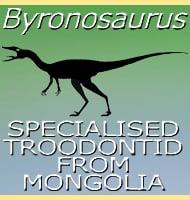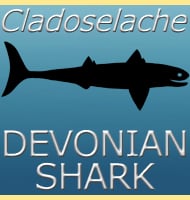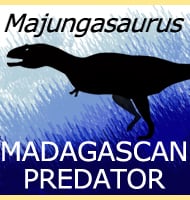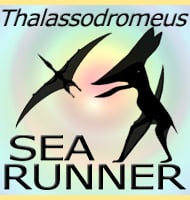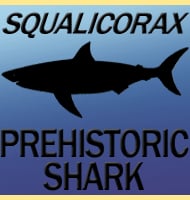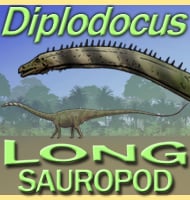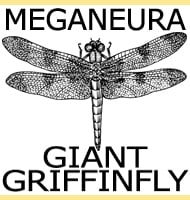In Depth
Although still only known from a few scattered and incomplete fossils, Dissopsalis stands out from other creodonts by being one of the last to live. The earliest species was D. pyroclasticus from Kenya, but it is the type species of D. carnifex from Asia that confirms is position as a late surviving creodont. Dissopsalis lived at a time when other predators such as the amphicyonids (a.k.a. bear dogs) when had replaced the creodonts as the top predators of the time. However the gradual emergence of true dogs that would go on to diverge into more specialised forms such as wolves would increase competition to the point where Dissopsalis as well as the bear dogs could no longer survive.
Further Reading
– Dissopsalis, a middle and late Miocene proviverrine creodont (Mammalia) from Pakistan and Kenya. – Journal of Vertebrate Paleontology 48(1): 25–45. – J. C. Barry – 1988.


